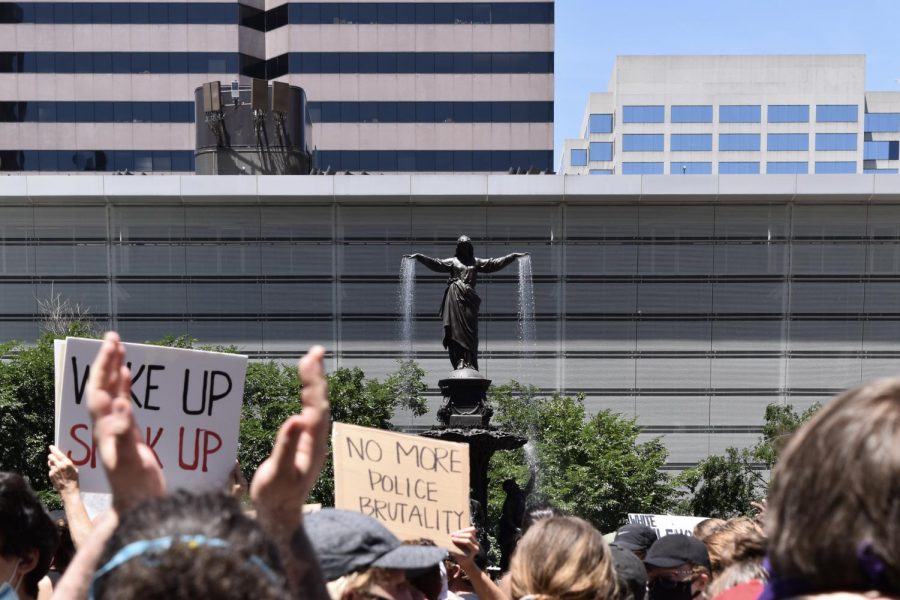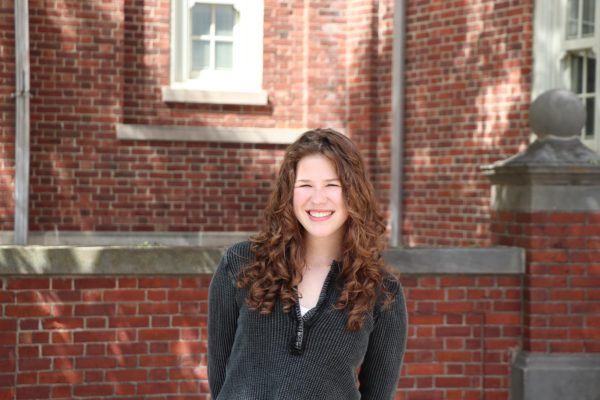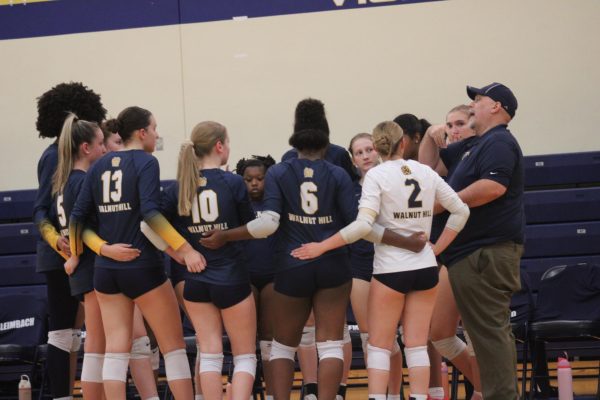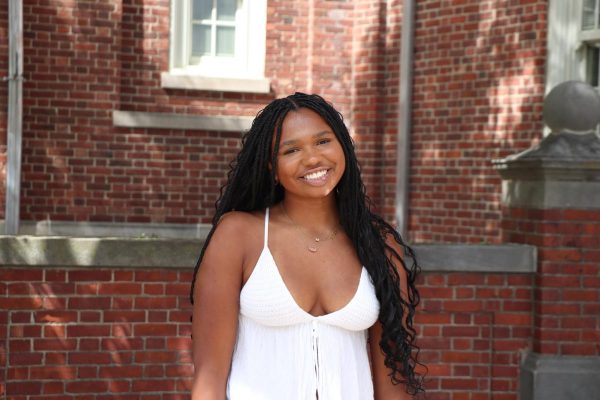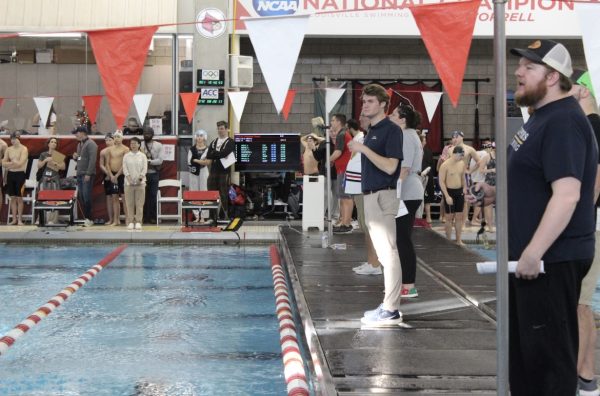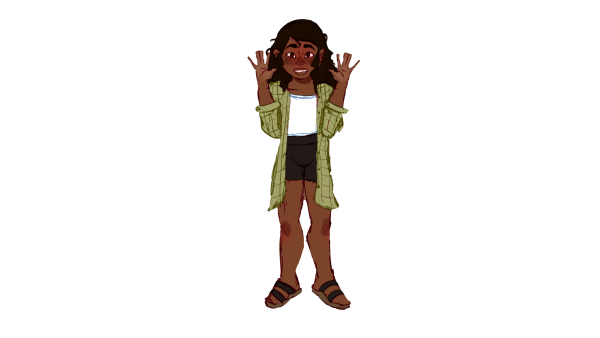The Chatterbox stands for equality
Protesters march in downtown Cincinnati on June 7 for the 10th consecutive day of demonstrations. More than 4,000 people were in attendance.
On May 25, George Floyd was murdered in Minneapolis, Minn. On May 29, thousands of Cincinnatians, including WHHS students, marched in protest. Protests like this happened across the country, and have continued throughout the world in the months following, unified in the call to acknowledge and address police brutality and systemic racism, rooted and exploited within the power structures meant to protect citizens.
The murder of George Floyd echoes hundreds of years of institutional racism and white supremacy in America, which have taken countless innocent Black lives. At protests in Cincinnati this summer, many held signs bearing the name of Sam DuBose, a Black man who was killed in 2015 by University of Cincinnati police officer Ray Tensing. Others remembered Timothy Thomas, an unarmed Black teenager who was shot and killed in 2001 by Cincinnati Police Department Patrolman Stephen Roach, which sparked its own series of protests and civil unrest nearly two decades ago. Prior to the Charlottesville, Va. rally in 2017, this period of unrest in Cincinnati surrounding the shooting of Timothy Thomas was the largest urban disturbance in United States history since the 1990s.
We must not be ignorant to the history of racism that persists in Cincinnati. We must also not be ignorant to the racism that exists at Walnut Hills High School, a community that takes pride in its diversity, but is not unaffected by intolerance and bigotry. This month WHHS enters its 125th year. As we look back on the progress WHHS has made, we must also see its failures. We must dedicate ourselves to growth and meaningful change. All of us have a part to play in the fight for racial justice and reform. Silence is not an option.
As the editors of the Chatterbox, we believe that the Black Lives Matter movement is crucially important and that our publication must take an active role in creating change.
The new editorial board met on July 30 to discuss how our publication can stand for inclusivity and equality, like so many of our classmates are.
As student journalists, we have the responsibility to share minority voices and cover racism and injustice. As a part of WHHS, we have the unique opportunity to report on our fellow students and how they are affected by these issues. This year and in the future we promise to uphold these responsibilities. We promise to be aware of our own implicit biases and sensitive to the language we use. We promise to report on stories that matter to minority communities at WHHS. To start, we plan to cover stories including, but not limited to:
- The new CPS Anti-Racism Policy
- Features of WHHS students taking action
- How Black history is taught in schools
- The history of school segregation in CPS and at WHHS
- The race gap in advanced courses, as a follow-up to The unseen barriers in AP classes
Finally, we promise to be an outlet and a public forum for all voices at WHHS. All students are welcome and encouraged to join our staff by optioning for a news writing class or by joining as a club member. All members of the WHHS community are invited to submit opinions, feedback and letters to the editor at cboxwalnut@gmail.com. We want to hear your voices.
As we look forward to a school year of change, we urge the WHHS community to join us in this goal. Join us in reflecting, educating ourselves and taking action. WHHS is where we learn chemistry and Latin, but it’s also where we learn how to treat each other. It’s where we establish ourselves as individuals and as a generation. Racism in any form cannot go unchecked at our school. The choices we make now will echo throughout our lives as citizens, as voters and as people.
Resources for education and action:
Anti-Racism Resource List: Answers common questions and links to resources to watch, read, and listen to.
Black Lives Matter: What Needs to Change in Cincinnati?: Cincinnati-specific solutions and ways to help.
How To Guide for Local Advocacy in Cincinnati
How to be a good white ally, according to activists
Please see this website for more resources.
Your donation will support the student journalists of Walnut Hills High School. Your contribution will allow us to purchase equipment, cover our annual website hosting, printing costs and offset competition and conferences fees for students.



